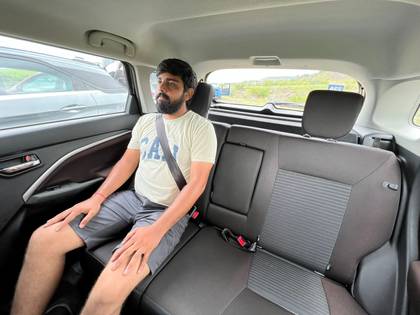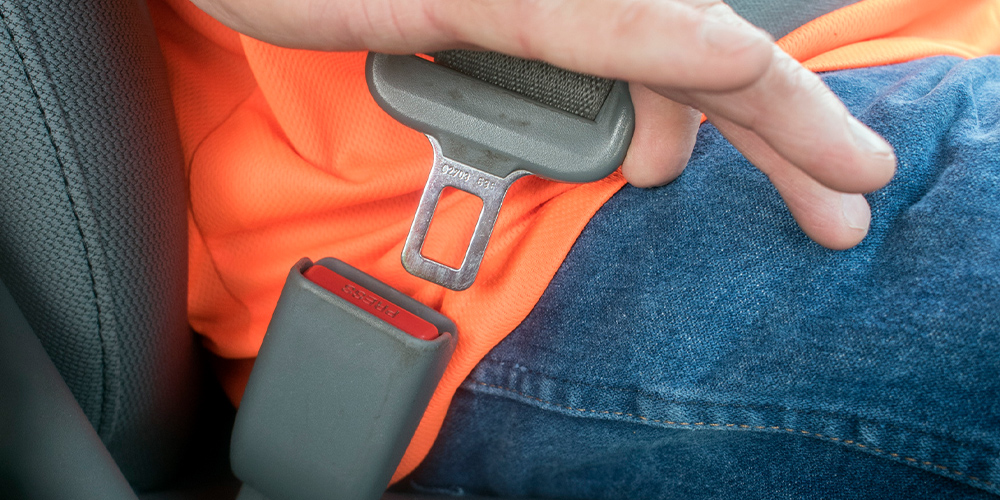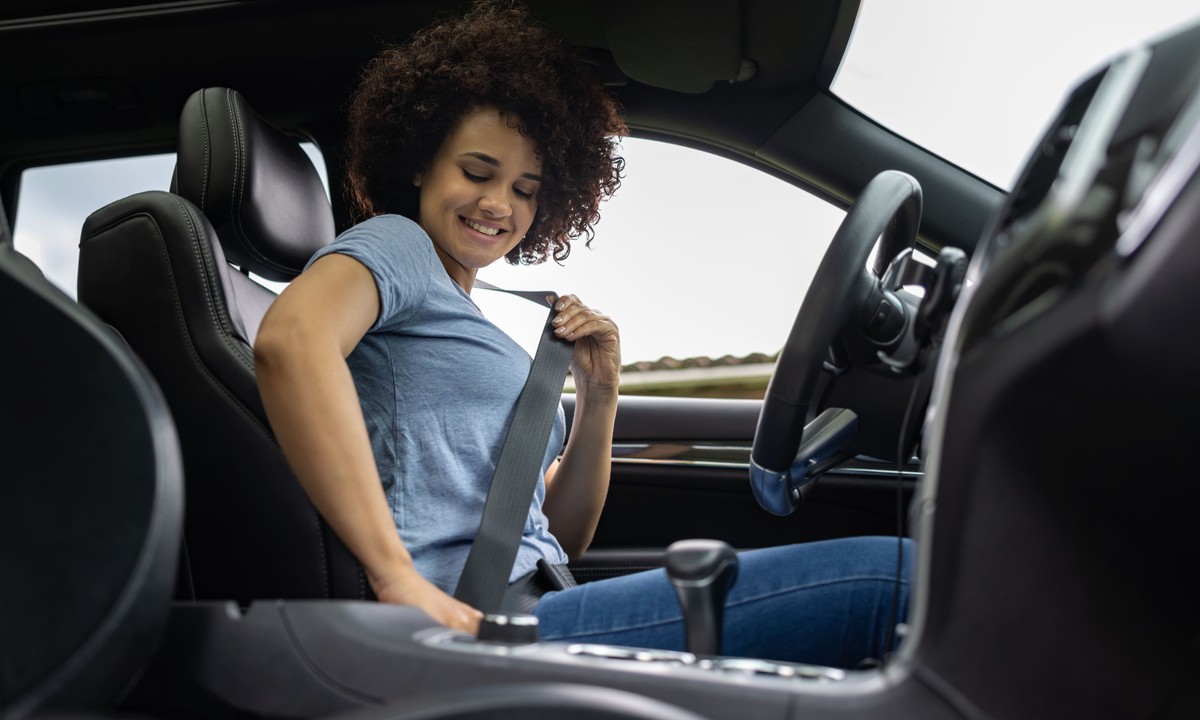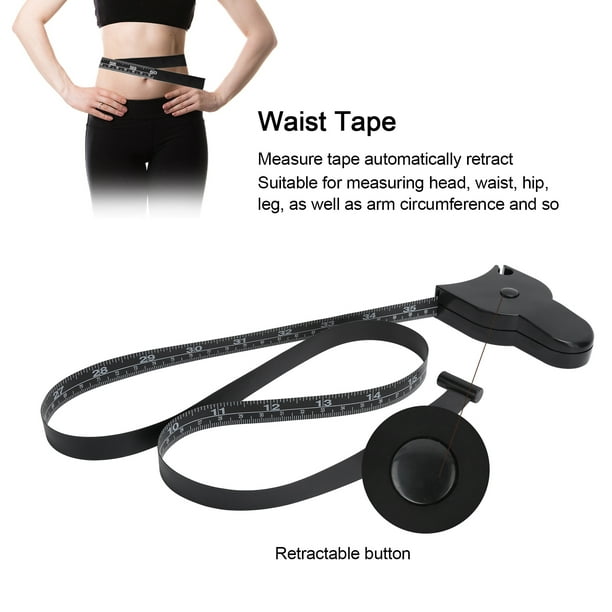Seat Belt Global Health NOW
Par un écrivain mystérieux
Description
Wearing a seat belt in a car reduces the risk of a fatality among passengers by as much as 75 percent. First invented in the mid-19th century by English engineer George Cayley for use on his monoplane glider, the seat belt rapidly evolved from across-the-lap straps to the three-point model first made standard in Swedish vehicles in 1958. With fatal car crashes rapidly increasing in the United States, American engineers followed suit.

Back Belt Global Ultra Lumbar Sacral Support, Size: Medium at Rs

Mumbai: Wearing Rear Seat Belts To Be Mandatory From TODAY Onwards

Seat belts and smoking rates show people eventually adopt healthy

Buckling up to save lives: UN celebrates five decades of seat belt

WHO's tips on how to ensure good health and safe living conditions

Time to buckle up! A look at history of seat belts and why wearing

Seat Belt - an overview

UNECE celebrates five decades of safety-belt use that have saved

Wheelchair Seat Belt Adjustable Medical Wheelchair Safety Harness

Road traffic injuries
depuis
par adulte (le prix varie selon la taille du groupe)







